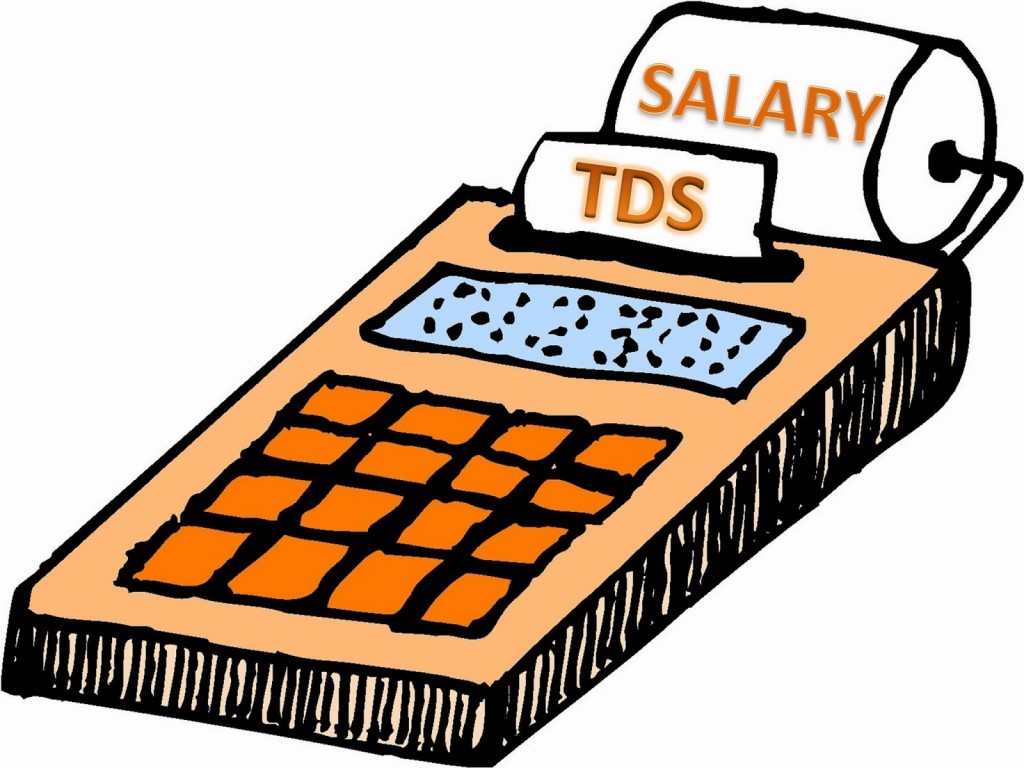
March and the tax savings hassles just got over and you promised yourself that next year would not be same and you would do all the tax saving investments ahead of time. When I talk about the tax savings hassles it’s not just about choosing the investments but also falling short of money to make the investments as you near the month end and we all know the month end story.
Well, it’s April now and many of you must have started getting emails from your office to submit the proposed tax saving declaration. My friend it’s time to seize the opportunity to save yourself from the last minute tax saving hassles in March 2017. So I am going to highlight what all you need to keep into consideration while filling out this form so that you don’t have to bother when the time comes.
Section 80C
First and foremost is your section 80C wherein you can save your income of upto Rs.1.5 lacs from being taxed. This is the investment which needs most of the planning. One of the best options to save under this section are ELSS, PPF and fixed deposits. Before you decide which one you want to invest in, identify the purpose of your investments. Remember the purpose here is not tax planning. Tax planning is just an additional benefit that you get from the investments. Try to choose the investments that can be broken down into installments so that you can avoid the one time dent on your pocket.
PS: Make sure you align it with your financial planning
Your life insurance premiums are also eligible for deduction under this section, so don’t forget to count them in.
National Pension Scheme
This is another avenue wherein any investments that you make is eligible for deduction to maximum limit of Rs.200000 which is inclusive of Rs.1.5 lacs limit u/s 80C. Hence if you invest in it, it gets you an additional deduction of Rs.50000.
PS: Don’t put money into it just because it saves tax for you. Even if you do align it with your retirement planning.
Medical Insurance
All the medical insurance premiums that you pay for subject to maximum deduction of Rs.25000 and Rs.30000 (for senior citizens) should be declared; no matter when is the due date for the same during the year. Even if you’re planning to increase the sum assured, don’t worry as you can claim the actual deduction in the JFM month when you’ll be asked to submit investment proofs.
Allowances
Now comes the allowances which may vary for people as salary structures differ from organization to organization and person to person. All you need to take care of is the allowances that you get and check with your Chartered Accountant if they are eligible for exemption under Income Tax Act. If yes, then do mention the tentative amount that you think would be spent during the year on such allowances. The most common allowances are House Rent Allowances and medical allowances.
You must be wondering why you should spend so much time on filling this declaration wherein the details are only prospective investments. The biggest reason is to large amount of income being deducted every month as TDS. If you do not give the investment declaration at the start; you employer will calculate the total tax that you will have to pay (without considering the deductions and exemptions) and divide it in 12 installments which shall be deducted from your salary every month.
If you want to save that excess income of yours from being deducted as tax and use it for yourself, spare some time to do this little exercise now!